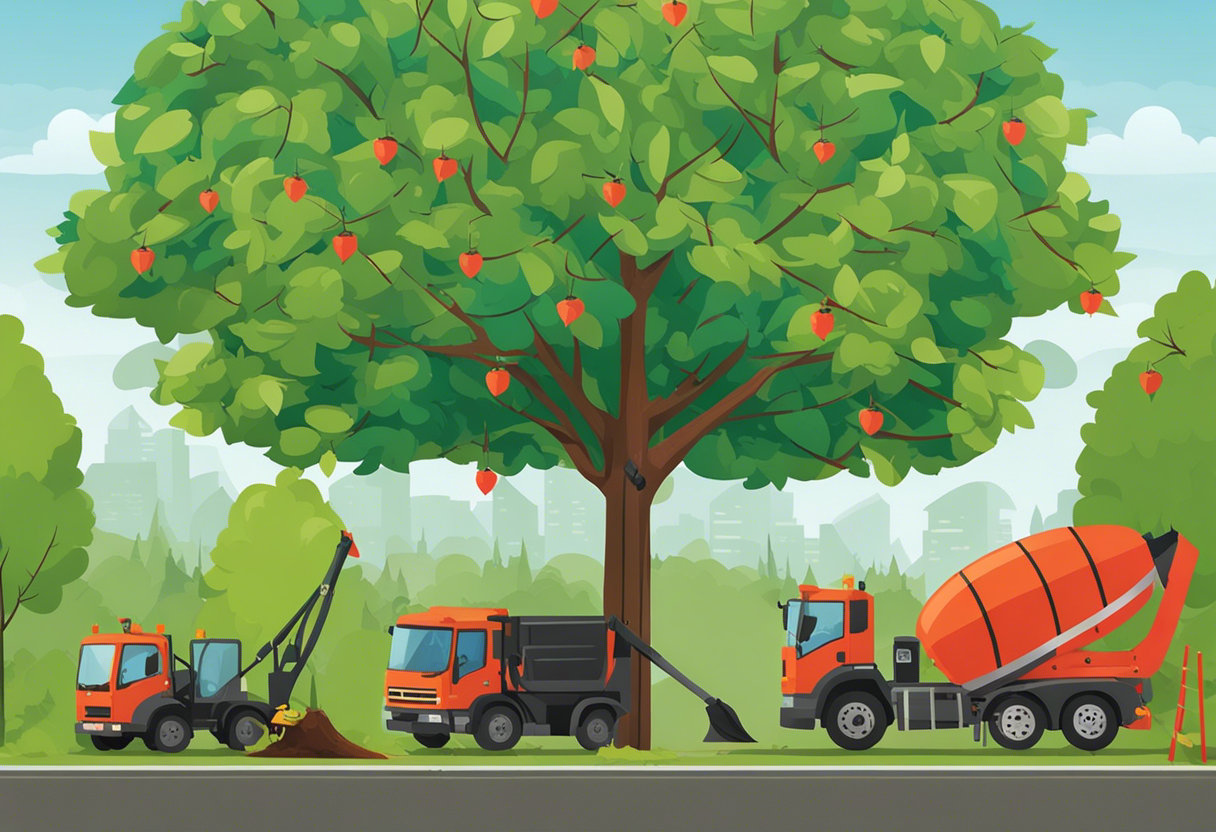Essential Tree Removal Know-Hows for Elders in Three Simple Steps
The first step in the process is understanding when tree removal is actually necessary. If a tree presents risks to property or personal safety, or if it shows signs of devastating diseases, it might be time for it to go.
One common reason for tree removal is a declining tree that may become a hazard. Indicators of declining health in a tree include a thin or sparse canopy, dead or dangling branches, fungal growth on the trunk, or leaning to one side.
Elders should not try to assess complicated situations by themselves. Hiring an arborist or tree expert can give a detailed and accurate assessment of the tree's condition. Having a second opinion comes in handy, especially when considering the tree's sentimental value or aesthetic importance in your yard layout.
Finally, the decision-making process should incorporate the local rules and regulations around tree removal. Many municipalities require permits for felling, especially for certain species or for trees that exceed a specific size.
Preparing for the Tree Removal

Once the decision has been made to proceed with tree removal, preparation is key. The surroundings of the tree should be clear of any obstacles that may hinder the removal procedure or could get damaged.
Preliminary steps also involve acquiring the necessary equipment, if you are planning to do it yourself. Safety is paramount. Hence, items like helmets, safety glasses, gloves, suitable footwear, and a sturdy ladder are critical. Also important are tree cutting tools like chainsaws or hand saws.
However, if the tree is too large, tall or diseased, doing it yourself is not advisable. In such cases, professionals should be hired who possess experience and right tools for the job.